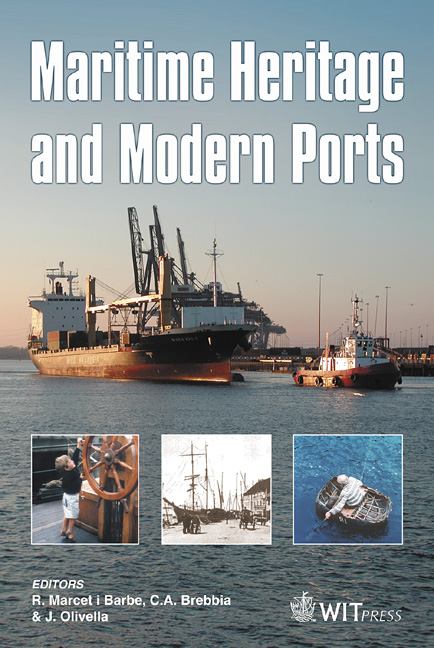The Use Of Remote Sensing Techniques For The Location And Investigation Of Heritage Wreck Sites
Price
Free (open access)
Transaction
Volume
79
Pages
10
Published
2005
Size
2,087 kb
Paper DOI
10.2495/MH050181
Copyright
WIT Press
Author(s)
G. E. Jones, R. E. Cumming & P. R. Hunt
Abstract
The investigation of wreck sites is of great interest to archaeologists, however site investigation often needs to be conducted within a limited budget. They can often be time consuming as the result of the wreck being poorly defined, or buried in the sediment with little surface indication of their location. The majority of true wreck investigation, archaeological appraisal and recording is conducted and will likely continue to be conducted by marine divers. This is often essential for the precise recording of artefacts; however, there is often an initial need to locate the wreck site and/or its subsequent extent. Additionally, visibility and available bottom-time may severely hamper the diver in the detection of all seabed evidence. Within the paper, it is intended to look at the relative value of magnetometers, sidescan sonar, sub-bottom profilers and swathe bathymetric systems in offering assistance to the diver within their initial searches and within an appraisal of the extent of the heritage site. This will be achieved by examining activities over two wreck sites; those of the Earl of Abergavenny (1805), where magnetometer and sonar surveys were compared against the known location of artefacts; and secondly, an investigation of an area of seabed, believed to be the site of the Bellona (1779), using magnetometer, sidescan sonar and sub-bottom profiler. Conclusions are drawn on the effectiveness of the sensors used, the benefits of an integrated approach and reviews the potential offered by alternatives, such as the emerging technologies offered by swathe bathymetry systems. Keywords: hydrography, sidescan sonar, sub-bottom profiling, magnetic surveys, swathe bathymetry, marine archaeology, seabed mapping.
Keywords
hydrography, sidescan sonar, sub-bottom profiling, magnetic surveys, swathe bathymetry, marine archaeology, seabed mapping.





